
PERAN PENTING KONSEP DIRI DALAM MEMBENTUK TRACK RECORD
Buku Peran Penting Konsep Diri dalam Membentuk Track Record Edisi Pertama (2016) diperuntukkan bagi generasi penerus bangsa Indonesia. Generasi milenium yang memiliki etos/semangat kerja untuk meng…
- Edition
- -
- Call Number
- 155.2 ARD p
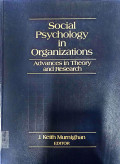
SOCIAL PSYCHOLOGY IN ORGANIZATIONS: ADVANCES IN THEORY AND RESEARCH
The contents of the book are Chapter 1 Theory and Research in Social Psychology and Organizations Chapter 2 Sensemaking in Organizations: Small Structures with Large Consequences Chapter 3 Out o…
- Edition
- -
- Call Number
- 302.35 MUR s
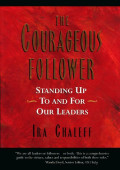
THE COURAGEOUS FOLLOWER: STANDING UP TO AND FOR OUR LEADERS
Many significant failures—from FEMA’s response to Hurricane Katrina to the recent economic collapse—could have been prevented or mitigated if those lower in the hierarchy were successful at c…
- Edition
- -
- Call Number
- 302.3 CHA c
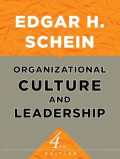
ORGANIZATIONAL CULTURE AND LEADERSHIP
Regarded as one of the most influential management books of all time, this fourth edition of Leadership and Organizational Culture transforms the abstract concept of culture into a tool that can be…
- Edition
- 4th Edition
- Call Number
- 302.3 SCH o 4th

ORGANIZATION THEORY: FROM CHESTER BARNARD TO THE PRESENT AND BEYOND
The contents of the book are Introduction by Oliver E. Williamson CHAPTER 1: Chester I. Barnard and the Intelligence of Learning by Barbara Levitt and James G. March CHAPTER 2: Symbols and Organ…
- Edition
- -
- Call Number
- 302.3501 WIL o
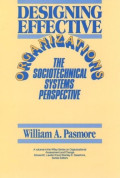
DESIGNING EFFECTIVE ORGANIZATIONS: THE SOCIOTECHNICAL SYSTEMS PERSPECTIVE
Many organizational designs are possible, and some are better than others. An effective organization produces excellent results by any standard measure while enhancing the energy and commitment of …
- Edition
- -
- Call Number
- 302.35 PAS d
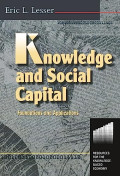
KNOWLEDGE AND SOCIAL CAPITAL: FOUNDATIONS AND APPLICATIONS
Social capital - the informal networks, trust and common understanding among individuals in an organization - determines major competitive advantages in today's networked economy. Knowledge and Soc…
- Edition
- -
- Call Number
- 658.4 LES k
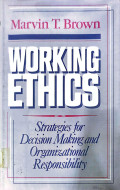
WORKING ETHICS: STRATEGIES FOR DECISION MAKING AND ORGANIZATIONAL RESPONSIBILITY
Illustrates how using ethics in decision making can improve communication, resolve disagreements, and set just standards for worker-management relations. Presents strategies for how organizations c…
- Edition
- -
- Call Number
- 174.4 BRO w
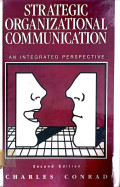
STRATEGIC ORGANIZATIONAL COMMUNICATION: AN INTEGRATED PERSPECTIVE
The contents of the book are UNIT I DIMENSIONS OF ORGANIZATIONAL COMMUNICATION: COMMUNICATION AND CULTURES Chapter 1 Cultures As Communicative Creations Chapter 2 Entering Organizational Culture…
- Edition
- 2nd. ed.
- Call Number
- 302.2 CON s 2nd
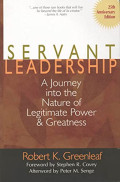
SERVANT LEADERSHIP: A JOURNEY INTO THE NATURE OF LEGITIMATE POWER & GREATNESS
With the publication of Servant Leadership in 1977, a new paradigm of management entered the boardrooms and corporate offices of America. Robert K. Greenleaf, a retired AT & T executive, proposed t…
- Edition
- -
- Call Number
- 303.34 GRE s
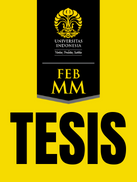
 Computer Science, Information & General Works
Computer Science, Information & General Works  Philosophy & Psychology
Philosophy & Psychology  Religion
Religion  Social Sciences
Social Sciences  Language
Language  Pure Science
Pure Science  Applied Sciences
Applied Sciences  Art & Recreation
Art & Recreation  Literature
Literature  History & Geography
History & Geography